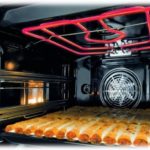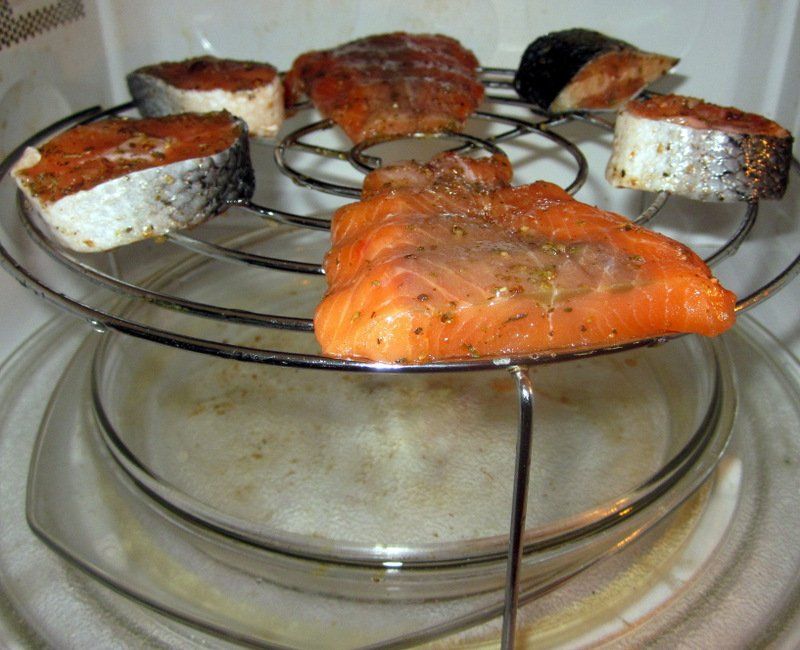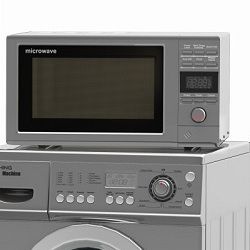What is bioceramic enamel in the microwave
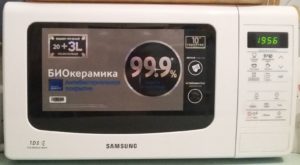 The microwave has become a familiar and necessary element of the modern kitchen. A useful unit can, in a short period of time, perform a variety of actions that usually take a lot of time from the housewife.
The microwave has become a familiar and necessary element of the modern kitchen. A useful unit can, in a short period of time, perform a variety of actions that usually take a lot of time from the housewife.
Device makers aren't just concerned with making microwave waves do a chef's job. The main task of the creators is to do everything to ensure that the use of microwave ovens is safe for human health.
This depends on the materials used in the inner chamber, because they are constantly exposed to high temperatures and infrared radiation.
The surfaces of modern stoves are made of stainless steel or coated with different compounds:
- special enamel resistant to heat;
- acrylic;
- bioceramics.
Let's get acquainted with the last of the listed substances, which is very popular among both manufacturers and consumers of microwave ovens.
The content of the article
Composition and properties of bioceramics used in microwave ovens
Enamel, called bioceramic, is a young material. It appeared as a result of the latest technological advances, it is no coincidence that it often called by its second name – nanoceramics.
To obtain the enamel, a super-strong alloy of several chemical elements was used:
- titanium;
- silicon;
- calcium.
Scientists have found proportions that allow create enamel that is surprisingly suitable for microwaves.
Reference. A layer of bioceramics applied to the walls of the microwave does not absorb infrared waves during the heating process, but returns them inside the oven.
Thus, each panel becomes an additional source of radiation, has a uniform and comprehensive effect on products.
Why is bioceramics considered the best option for the internal surface of microwaves?
An alloy of titanium, calcium and silicon was originally used in medicine, where it proved to be 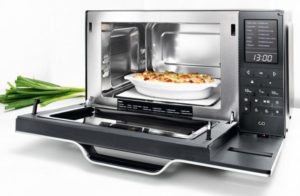 in the best possible way.
in the best possible way.
The composition has been used in the production of kitchen stoves for only a decade. But this time was enough to make sure: Today, bioceramic enamel is the best coating.
This high rating is explained by the many advantages of the substance.
Safety
The radiation generated by the alloy is not harmful for humans due to the minimal range of infrared waves. The indicator from 4 to 14 microns, which this enamel has, coincides with the radiation of the person himself.
Beneficial effects on products
Subjecting meat, fish, vegetables, baked goods, bioceramics creates conditions for maximum preservation of vitamins and other nutrients. Thanks to nanoceramic enamel, more vitamins remain than during conventional frying or boiling.
Reduced energy costs
The ability to repel waves rather than absorb them leads to the chamber walls heating up less. The entire temperature is spent on thermal processing of products, and it is done much faster than in microwaves with other panels.Thus, A functioning microwave does not increase your electricity bills.
Practicality
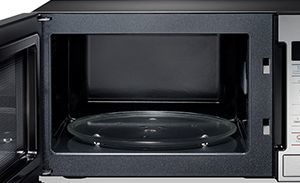
A layer of modern alloy deposited on the walls of the device increases their strength, protects them from dents, scratches and other damage, having a mechanical nature. This increases the period of use, ensures trouble-free operation of the device.
Another advantage of such stoves is ease of care. Bioceramics turned out to be a non-stick material. There is almost no fat left on it, and when it appears in small quantities, it is easy to clean the walls.
Negative aspects of bioceramic enamel
Is it possible to find disadvantages of nanoceramics?
Let us answer right away: they were not found in the material itself.
The following are the disadvantages of microwave ovens with bioceramics.
- Rarely used in microwave convection. Buyers who want to purchase just such a device will have to look for the right model.
- The unique alloy increases the cost of microwaves compared to other ovens. But such an analysis is not entirely correct. Important, that The price-quality ratio in this case is optimal.



